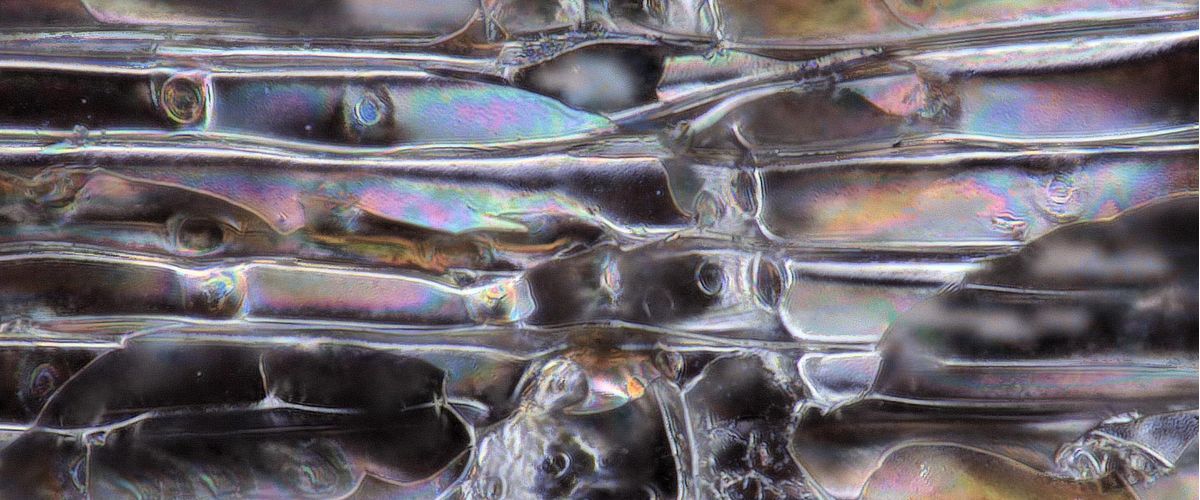
Laboratory of Archaeobotany and Palaeoecology
Anthracology - analysis of wood and charcoal
The analysis of plant macroremains of wood is carried out by the method of anthracology, which is applied to both unburned and burned fragments. In recent times, a branch of research into charred wood fragments has emerged in archaeobotany, which bears the collective name of anthracology.
The determination of charcoal and fresh wood remains ranks among the standard methods of archaeobotany. Such finds constitute a remarkable percentage of archaeological features and contexts. They inform us above all about the fuel composition which was used in the environment of the site. The analysis of larger assemblages of charcoal permits the reconstruction of deforestation processes and enables us to postulate the character of the wood around the site. The determination of charcoal from fire burial places also highlights some specific uses of wood in a cultural context. The analysis of fresh wood from medieval sites provides valuable data about handicraft production. In specific cases xylotomical analysis contributes to an understanding of wooden building structures.
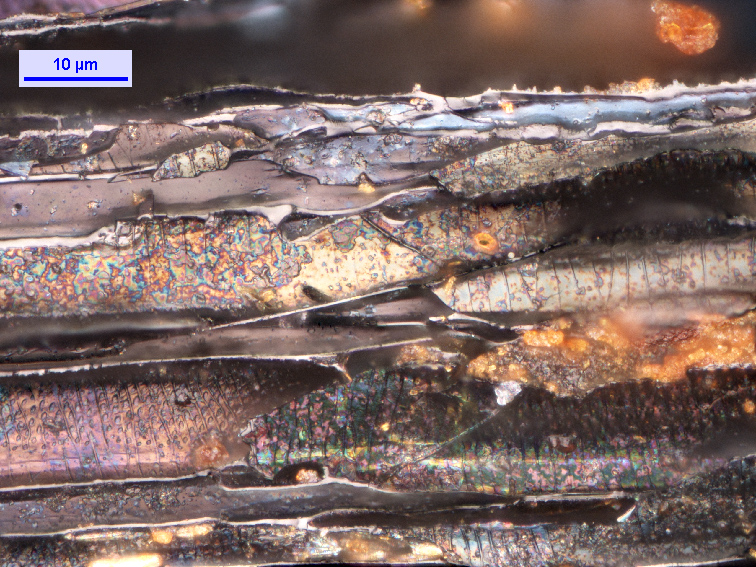
Longitudinal section of linden (Tilia sp.) charcoal. Photo by J. Beneš.
What data sets are suitable for analysis?
More than 100 determined individual fragments which allow statistical evaluation, e.g. an assemblages is appropriate for environmental reconstruction. There is a qualitative difference between the charcoal obtained by workers during an archaeological excavation and fragments obtained from the floating procedure. Common experience shows that floated material comprises a richer spectrum of wood species. From the point of view of taxonomy, it is usually only possible to identify samples at the level of the botanical genus (it is very difficult to determine a botanical species). For example, the genus fir (Abies) is only represented in our ecological conditions by one species Abies alba. Although some trees can be classified into a botanical species, it is very difficult. For the presentation of the results to the archaeological public, the term type of wood is used, but understood more technologically.
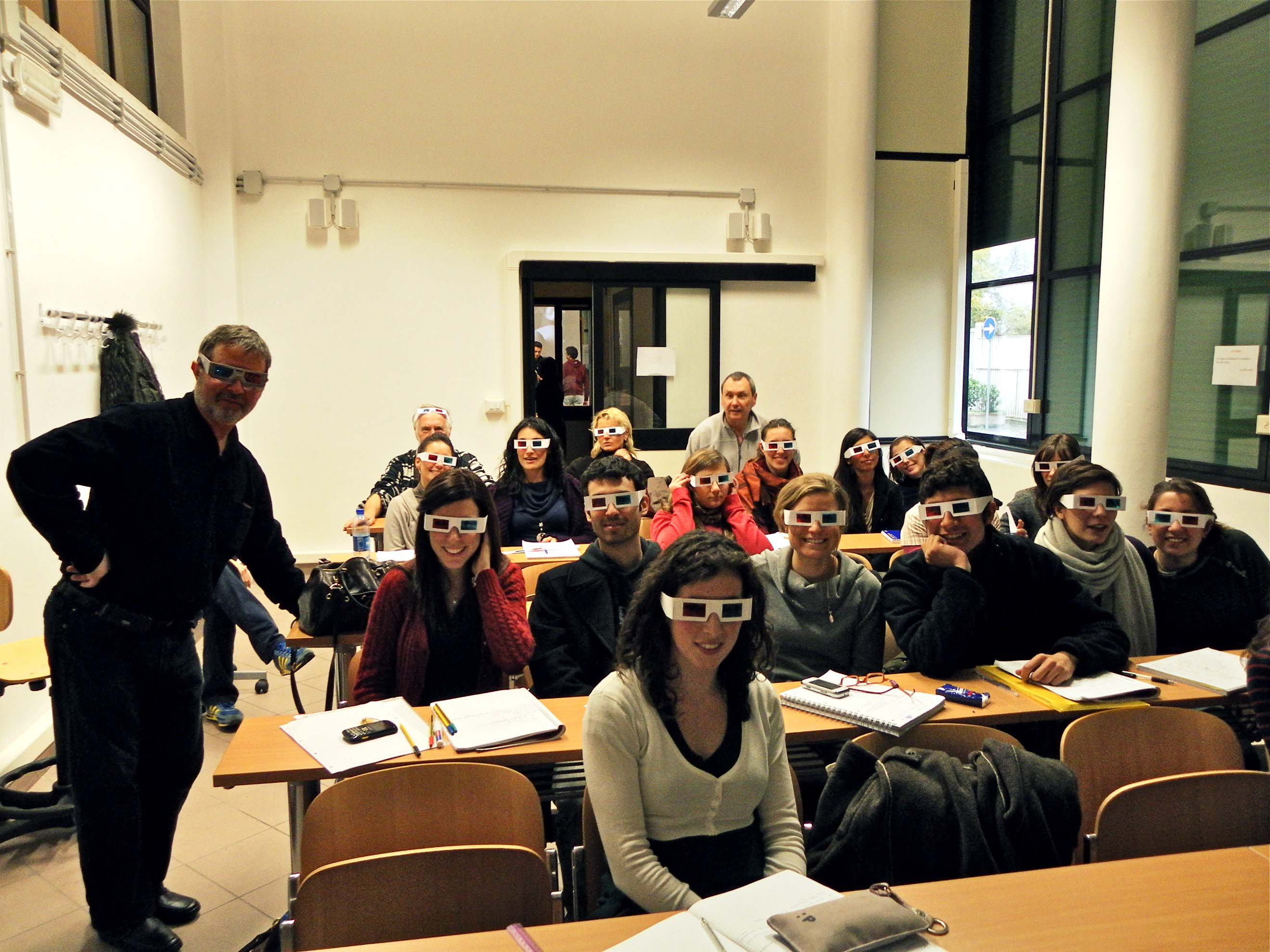
Jaromír Beneš's (left) 3D microphotography seminar at the University of Rome La Sapienza. Photo by L. Sadori.
What can be found out with anthracology?
In recently studied sites (the Neolithic site of Bylany, the Iron Age site of Lovosice) charcoal analysis recorded the development from natural woodland to a cleared synanthropic mosaic of woodland influenced by humans. At the site of Staré Prachatice (in the foothills of the Bohemian forest) an Iron Age pit house was excavated in 1997. The analysis of 500 fragments of charcoal recorded changes in fuel composition, which could reflect clearing of the woodland around the site over several decades.
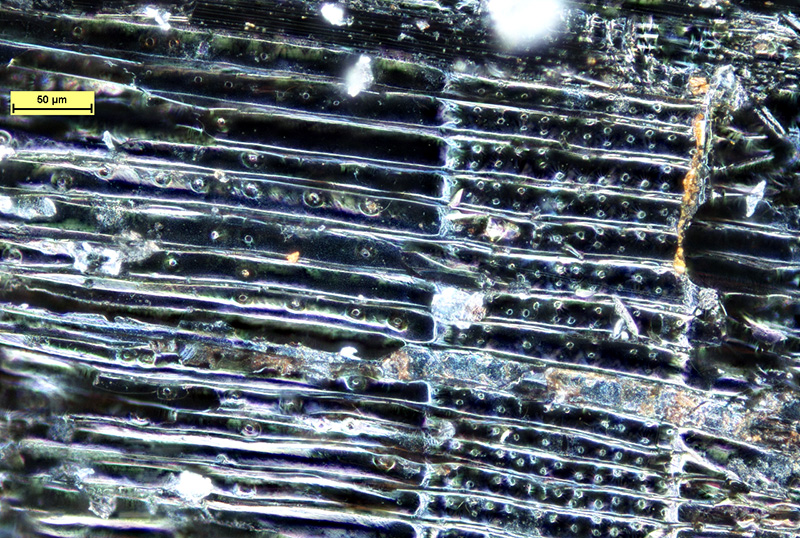
Longitudinal section of spruce (Picea sp.) charcoal. Photo by J. Beneš
Pedoanthracology
Past vegetation and dynamics of tree species at local sites at the scale of millennia and centuries can be characterized using pedoanthracological analysis, i.e. soil charcoal. Fossil charcoal is frequently found in a soils with no or poor pollen preservation, and it is therefore suitable for reconstruction of local forest composition and fire history (e.g. Poschlod & Baumann, 2010; Touflan et al. 2010; Novák et al. 2012).
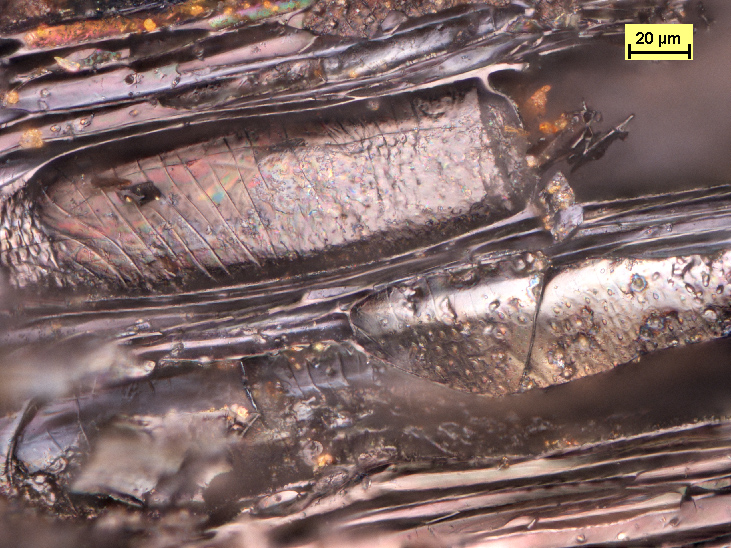
Charcoal maple (Acer sp.) trachea. Photo by J. Beneš
